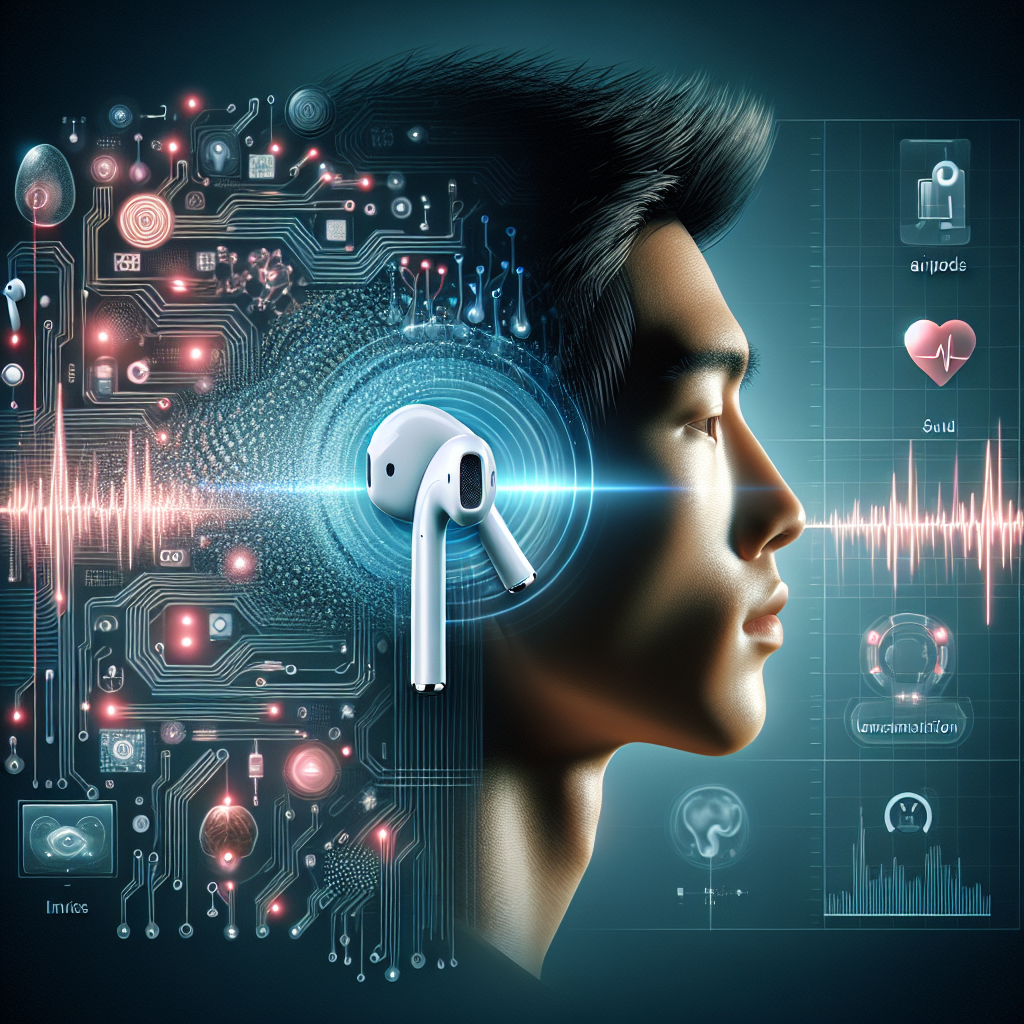Apple Investigates Heart Rate Tracking via Audio with AirPods
Apple is advancing technology by delving into novel health functionalities utilizing audio information. Recent studies show the viability of employing Apple AirPods to track heart rates by examining heart sounds. This pioneering technique could transform our comprehension and tracking of personal health.
How Audio Models Calculate Heart Rates
Apple’s research, “Foundation Model Hidden Representations for Heart Rate Estimation from Auscultation,” investigates how available audio models can be modified to assess heart rates. Originally created for understanding speech, these models were reconfigured for interpreting phonocardiograms—audio captures of heart sounds. The aim of the study was to evaluate whether these models, including Whisper and Apple’s proprietary CLAP model, could reliably gauge heart rates.
The Importance of Phonocardiogram Recordings
Phonocardiograms play a vital role in this investigation. Approximately 20 hours of phonocardiogram data from the CirCor DigiScope dataset were utilized, featuring recordings from 5.1 to 64.5 seconds. Human annotators tagged cardiac murmurs within these sound files, which were subsequently split into five-second segments for examination, resulting in 23,381 heart sound segments for heart rate assessment.
Apple’s CLAP Model: A Leading Contender
Among the models evaluated, Apple’s proprietary CLAP model excelled beyond the rest. In contrast to models such as Whisper, wav2vec2, and wavLM, which were mainly trained on speech data, the diverse training of the CLAP model improved its capacity to capture non-speech elements, essential for heart sound evaluation. This versatility resulted in the lowest mean absolute error (MAE) in heart rate calculation.
Possible Health Uses and Device Integration
This study suggests that foundational models for speech processing can be successfully modified for health uses such as auscultation and vital sign measurement. The findings point to potential applications in the pathological evaluation of cardiorespiratory sounds, assisting in identifying irregularities like arrhythmias and murmurs. Future AirPods models might integrate this technology, utilizing built-in microphones and sensors for improved health monitoring.
The Prospects of Health Tracking with AirPods
Apple’s commitment to health-oriented features could facilitate the addition of heart rate and temperature sensors in forthcoming AirPods. The possibility of employing existing microphones along with new sensors could provide a more thorough method of health tracking, making wearable technology a crucial component of personal health management.
Conclusion
Apple’s pursuit of harnessing audio models for heart rate estimation paves the way for health monitoring through everyday devices like Apple AirPods. As technology evolves, the introduction of health capabilities in consumer electronics could reshape our approach to health management, rendering monitoring more attainable and effortless.
Q&A Session
What are phonocardiograms?
Phonocardiograms are audio recordings of heart sounds used for analyzing heart function and identifying irregularities.
How does Apple’s CLAP model stand out from others?
Apple’s CLAP model is trained on a variety of audio data, which enhances its ability to capture non-speech features vital for heart sound analysis, surpassing models that focus mainly on speech.
Can existing AirPods track heart rates?
Current AirPods do not track heart rates, but future versions may incorporate this capability using built-in microphones and sensors.
What potential health uses does this research indicate?
The research indicates potential uses in identifying cardiorespiratory abnormalities, like arrhythmias and murmurs, by utilizing audio data for more precise health monitoring.
Will future AirPods include temperature sensors?
Speculation suggests that future AirPods may feature temperature sensors to enhance their health-monitoring functionalities.